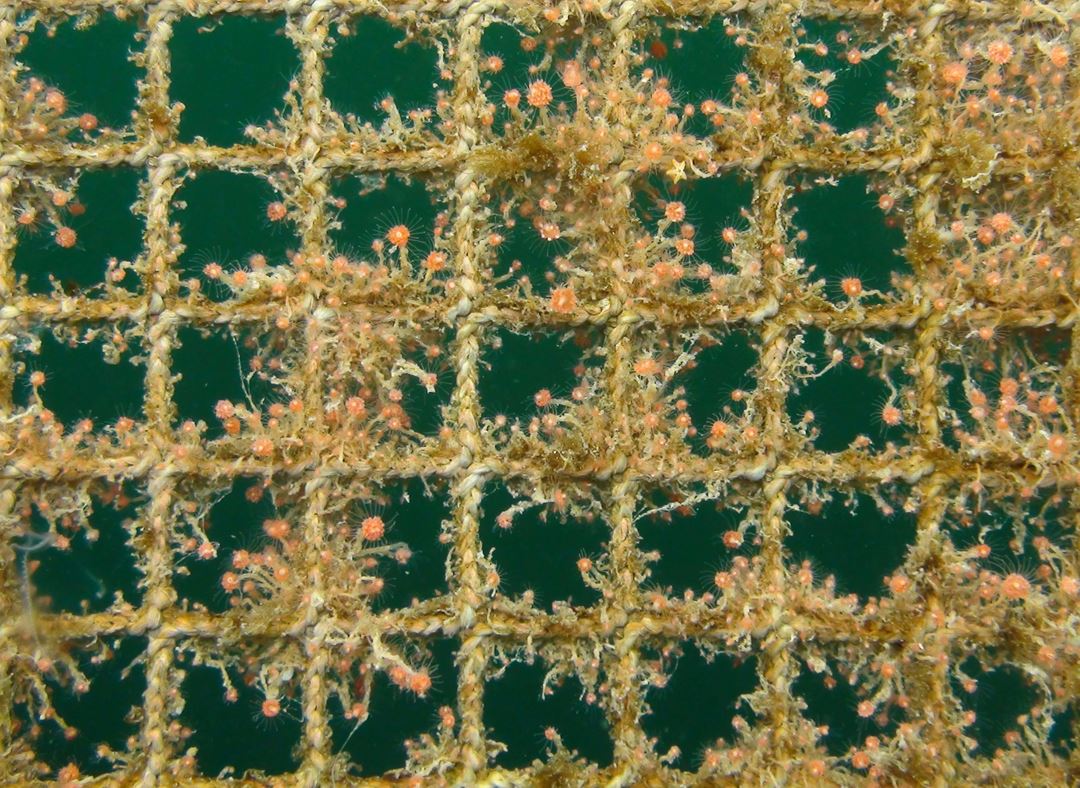In Latin, the little critters are called Ectopleura larynx. In Norwegian they are called hydroids, or low tide bloom. Small, but annoying as a my paws are larger than a few centimeters.
In a few years, the species has evolved from living on rocks and ship hulls, to be a pest, which preferably settles into the nets of fish farms.
Here they thrive so well, that they in no time can block the nets - thereby preventing essential water flow and oxygen supply. In addition they increase the weight load on the cage. This makes plants more vulnerable to damage in storm and wind.
–The hydroids are also food for wrasse, which are often placed in the cage to eat something completely different, namely salmon lice, and can thereby reduce the effect of environmentally friendly delousing, says former SINTEF scientist Jana Guenther.
She has studied the little critters in the laboratory, to see what it takes to get rid of them. Preferably without unnecessary use of toxic chemicals or additives: Attempts have been made both in laboratory and full-scale plant.
Time-consuming and costly
Farmers spend much time trying to get rid of the small but potent critter: In high season, which is from August to October, they wash the nets every other week. In periods of high sea temperature the problem may be so big that the nets must be cleaned more often, and this costs time and money.
–It is not unusual that it takes three to four hours to wash down a net, and when we know that a fish farm usually has up to ten cages, this requires large resources, says Guenther.
Over a period of three years, the researcher and her colleagues at SINTEF Sealab examined what makes the little animal thrive so well on fish cages and then tested different ways to get rid of hydroids, both in the laboratory and in the field.
–We have seen that washing works in the short term, but leads to faster re-growth on the nets. When the "roots" are left standing, they grow back within five to six days, and are then in full bloom with new polyps.
Christina Benjaminsen

